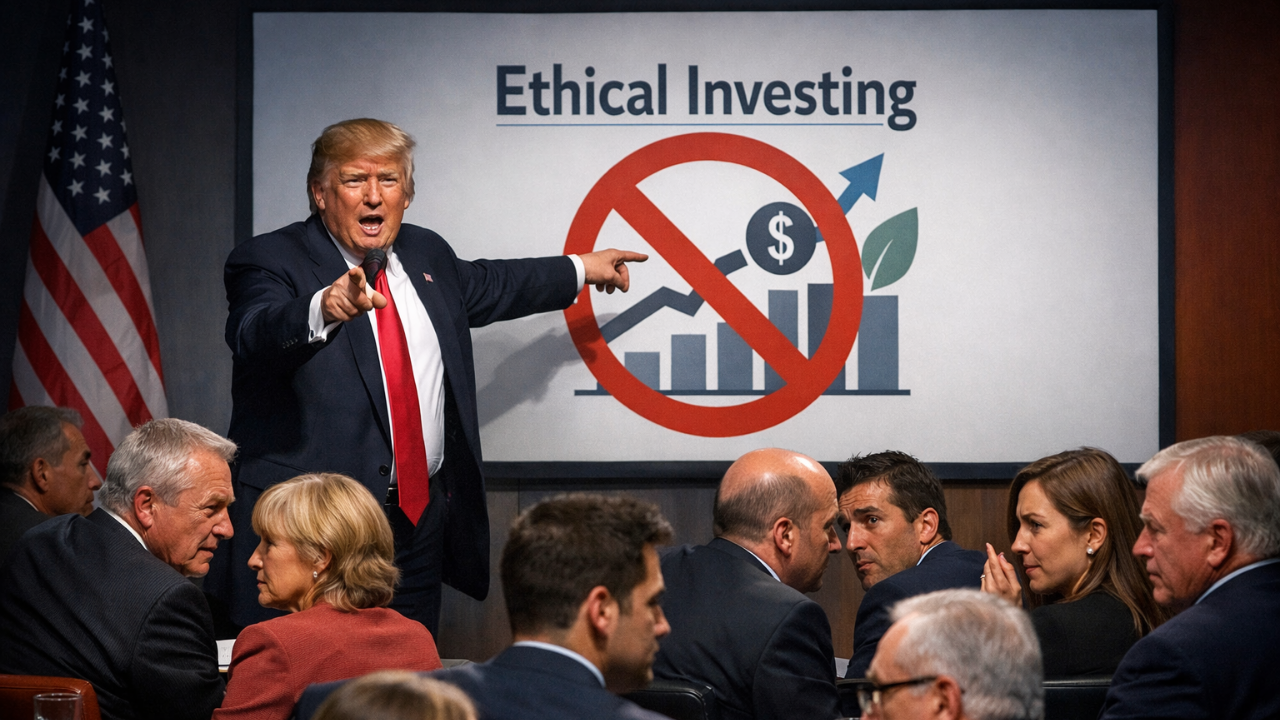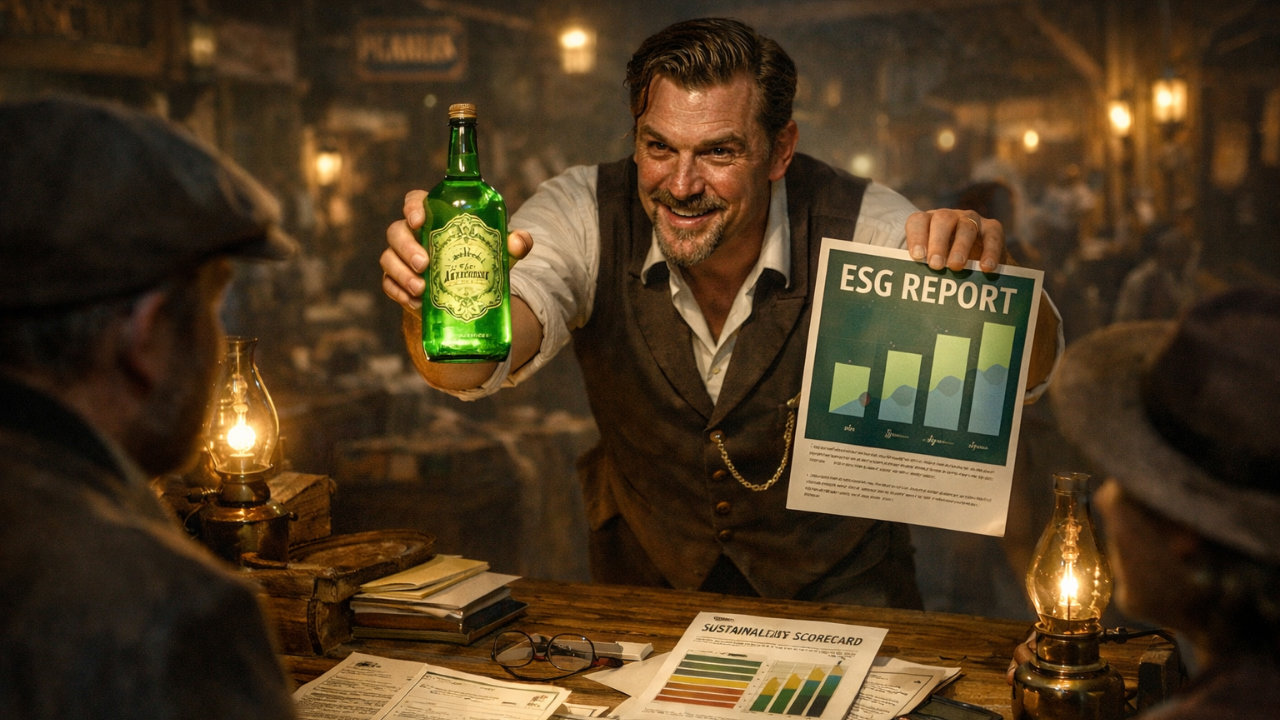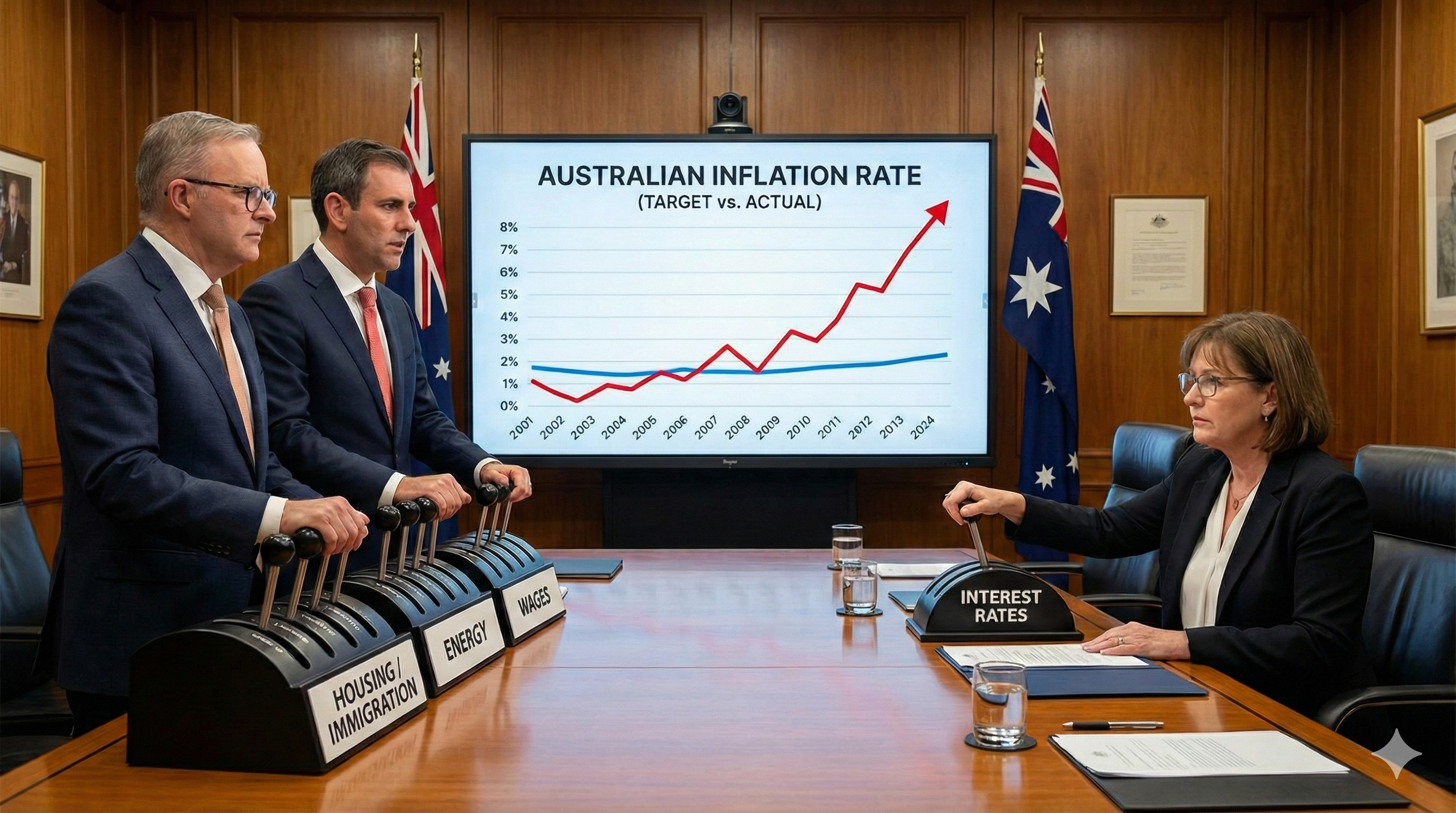Another broken broker.
Another unfortunate stockbroker collapse announcement in Halifax Investment Management leaving thousands of clients with over $200 million frozen while administrators review the damage and evaluate the return of capital (which may take months).
You can add Halifax to a string of failed brokerages (although admittedly, the likes of Sonray and Opes Prime were based on considerably more egregious behaviour), which highlights the importance of choosing a reliable structure and being able to spot some warning signs.
Platforms allowing (or encouraging) the use of foreign exchange derivatives, equity derivatives and contracts for difference (often utilizing high leverage to keep it interesting) can be likened to financial casinos that are not for the uninitiated. In much the same way as a bookmaker, trades are often not ‘hedged’ (or actually taken to market) on the basis that, in addition to the brokerage or spread offered to place the trade, the potential for market volatility to hit a stop loss (or other words, wipe you out) is so high that the platform might as well just keep your money!
A warning sign (unfortunately in this case, after the fact) is that it appears that Halifax was blending hedged and unhedged client capital, meaning that deposits on the platform were in effect a personal loan to cover other loss-making trades elsewhere. Not ideal, and in a falling market with no doubt falling new deposited funds (or inflows), eventually the carousel will grind to a halt. The recent sale of the trustee company overseeing Halifax's operations by IOOF is also interesting - was the sale was a catalyst for a detailed look at the operations? IOOF came out of the Royal Commission hearings with a number of dents to its reputation, so any further oversight issues will not be favourably received.
There are some platforms available that help mitigate the above problems through segregated trust accounts and the promise to not blend client capital.
Does this mean leveraged trade platforms are a good fit for an everyday investor looking for a long-term solution? We think not. The time, analysis and experience required to make short term, high leverage trades with even a slight chance of success is out of reach for most people. The odd flutter on a horse or a trip to the casino should be considered entertainment - if you happen to come out in front financially as well then it is a bonus. In our view, most leveraged financial products should be treated in the same way - as entertainment, not as an investment.
Core Investment vs. Satellite
For mine, the key to great investment is a core or nucleus of investment assets that are high quality, lower risk and well-diversified.
For some investors, this makes up a smaller part of their portfolio, and they surround the nucleus with a range of higher risk assets like small capitalisation stocks, hedge funds, high yield debt or private businesses. Other investors are content for the high quality, lower risk and well-diversified part of their portfolio to make up the bulk of their investments.
High-quality assets include things like cash and reliable debt and blue-chip shares. This portfolio should at least serve as the 'core' of your wealth, and if you so desire, you can then add in 'satellite' investments which may have a much shorter timeframe than the core. We feel this is the place for foreign reserves, short positions, precious metals, small-cap stocks, or other more volatile alternatives which can provide terrific returns if you know what you are doing, but at a substantially increased level of risk. Pretty simple.
Best Practice Structuring
As those who invested through Halifax are now learning, platform choice can be a little more difficult. As boring as it is, you should understand what structure your investment is held in.
Most professional investors would never allow their holdings to be mixed in with other investors cash and company cash as you saw with Halifax. In effect, investors who bought products from Halifax were doing in two things: (1) buying whatever investment instrument Halifax were selling (2) providing a loan to Halifax. The second should have demanded a 10%+ return on its own before you made a return on the first.
Truth told, the structure of your investment rarely matters - it is only when something goes wrong that you notice. But your home insurance also rarely matters - it is only when there is a fire that you care.
Two key safety aspects professional investors look for:
- Independent Custodian: Firstly, ensure that the entity that sits at the top of the food chain (normally known as a custodian if the investments are stock market related) has deep enough pockets and is reliable enough to weather a crisis. It is their job to make sure that the assets are where they should be and not re-lent or siphoned off - i.e. that the investment manager can't request for your assets to be transferred into someone else's name.
- Independent Trustee: If the information is available, another area is any relevant trustee organisations, which effectively police the activities on the platform and serve as an auditor of practices. It is their job to make sure that day to day operations are in the investor's interest. If investment managers are involved in your investment, then the trustee is also responsible for ensuring that these managers work within the assets and asset classes stated as well as adhering to exposure levels to individual companies etc.
The word independent is key - the royal commission has shown numerous examples where investment companies also owned the Trustee and conflicts of interests were rife.
Other structuring features professional investors look for are transparency and tax efficiency. One major frustration of using managed fund investments is the inability to move your assets without selling down and potentially exposing yourself to a tax liability. While managed fund structures offer a number of benefits, one of the key criticisms is the treatment of tax. When your money is pooled with other investors, the tax is also pooled. While you may invest and then hold for a long period of time, others may be coming and going, and the trading that takes place to put new investors into the fund and exit old investors can have tax consequences for you. When funds are growing this can work in your favour, when they are shrinking it often goes into reverse.
The Upshot
We use Separately Managed Accounts with providers that satisfy the above tests, but there are a number of other structures that tick all or most of the boxes. The additional oversight is not free, but there are enough providers in the market to keep it competitive and obviously worth the cost.
Investment is risky and things will go wrong from time to time. However, it is relatively simple to get the investment structure right which gives you one less thing that can go wrong.
Halifax is a stark reminder, that when the wrong structures are used, a poor investment can easily turn into a catastrophic one.







